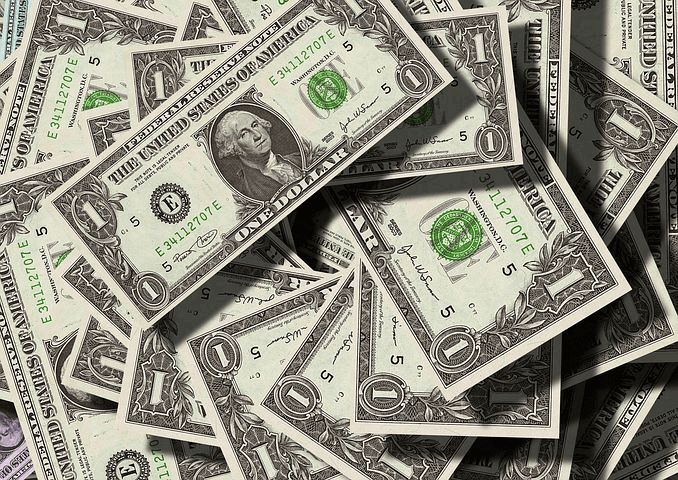The U.S. dollar rallied to a 20-year high against the basket of six major currencies on Thursday. The Bank of Japan doubled down on its dovish policy, causing the yen to drop to its weakest level since 2002. At the same time, the euro plummeted to a five-year low due to growth concerns for the region.
The greenback surged past the key level of 130 yen after the BOJ reiterated its commitment to keep interest rates ultra-low. The bank pledged to buy unlimited amounts of bonds daily to defend its yield target. Lee Hardman, a currency analyst at MUFG Bank in London, noted that it gave the all-clear to continue selling the Japanese yen. There was speculation that the Bank of Japan might step back a little, considering the pressure building across foreign exchange markets. However, a finance ministry official stated that the government would take appropriate action in currency markets.
The yen traded at 131.24 at last, hitting the weakest point since April 2002. The dollar climbed up by more than 2% against the Japanese currency on the day. Moreover, the weak yen helped catapult the greenback to its highest level since Dec. 2002 against a basket of rival currencies. The U.S. dollar has also benefited from expectations that the Federal Reserve will raise rates faster than its peers. That would likely expand the yield gap between U.S. and Japanese government bonds, as well.
What do the analysts say?
Bipan Rai, the North American head of FX strategy at CIBC Capital Markets in Toronto, thinks that this move in dollar/yen has been due to long-end spread widening between JGBs and U.S. Treasuries. The dollar index exchanged hands at 103.73 at last, soaring by 0.74% on the day after hitting as high as 103.93.
The currency pared gains after data showed U.S. economic growth unexpectedly contracted in the first quarter. A resurgence in coronavirus cases disrupted activity, causing the drawback. However, Rai noted that the data did not necessarily reflect a weak economy. It was unduly impacted by a sharply wider trade deficit, which was due to rising imports. He added that if we look at the underlying consumption and investment trends, both of these still look reasonably healthy.
On Thursday, the euro plunged below the psychological level of $1.05 as traders remained nervous about Russia cutting off gas supplies to parts of the region. The Russian government made this decision after those countries refused to pay for gas in roubles. On Thursday, Russia’s Gazprom announced that Poland is still buying Russian gas in Germany. Furthermore, reverse supplies to Poland via the Yamal pipeline currently amount to around 30 million cubic meters per day.
Eurozone government bond yields skyrocketed on strong inflation data. The latter also fueled expectations for a quicker pace of monetary tightening by the European Central Bank. It could provide some support to the single currency but proved not to be enough incentive for the traders. As a result, the euro exchanged hands at $1.0501, after earlier dropping as low as $1.0470, the lowest since Jan. 2017.
How is Brazil’s real trading today?
Brazil’s real tumbled down on Thursday, leading Latin American currencies lower as the greenback extended its winning streak. Investors shifted focus to strong quarterly earnings from airline Gol and miner Vale.
The real decreased by 1.4% to 5.3 against the dollar during the trading session. Brazil’s currency has recently fallen out of favor after clocking its best quarterly performance in almost 13 years in March. Commodity prices declined, and worries emerged about a hit to China’s economy from prolonged coronavirus lockdowns.
Before that, resource-rich Latin American markets had strongly benefited from the rally in commodity prices. However, central banks in the region continue their tightening cycles to combat rising inflation and shore up their currencies. Meanwhile, investors are starting to question the impact of such policy measures.
Strategists at UBS noted that tighter monetary policy globally and domestically weighs on economic growth. It also creates a challenging backdrop for emerging market currencies in the coming quarters.
Currencies across the south and central America were broadly lower. The Mexican peso, Chile’s peso, and the Colombian peso plunged by more than 1% each as prices of oil and industrial metals fluctuated between losses and gains.











